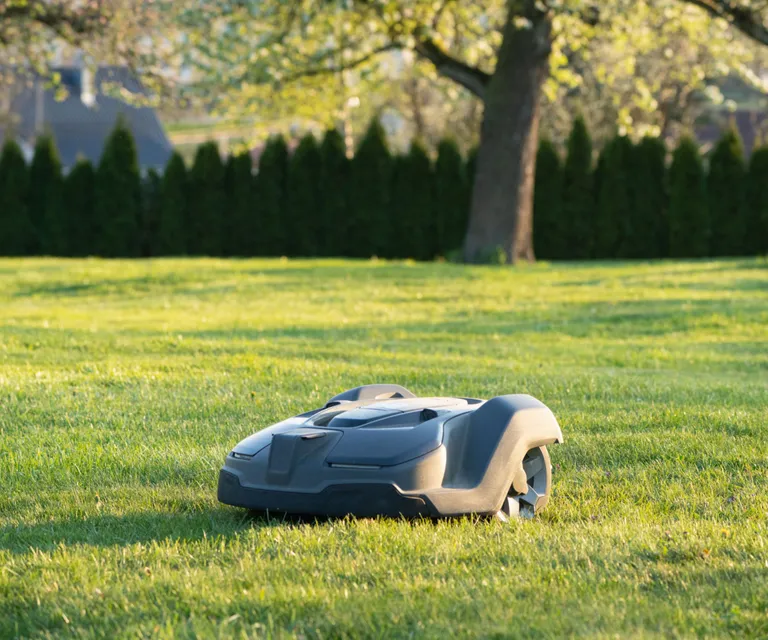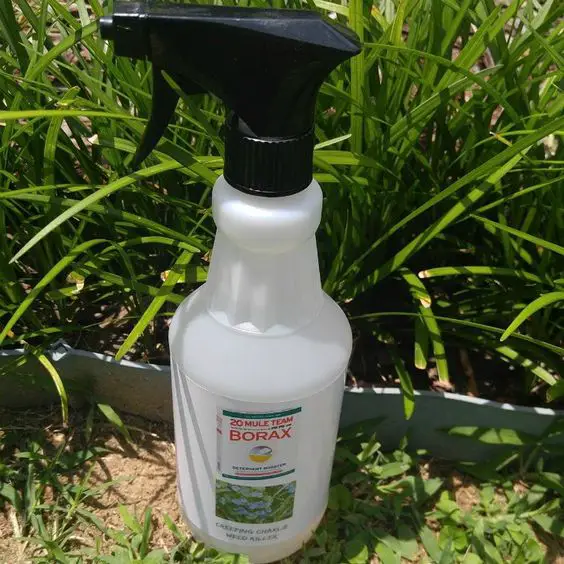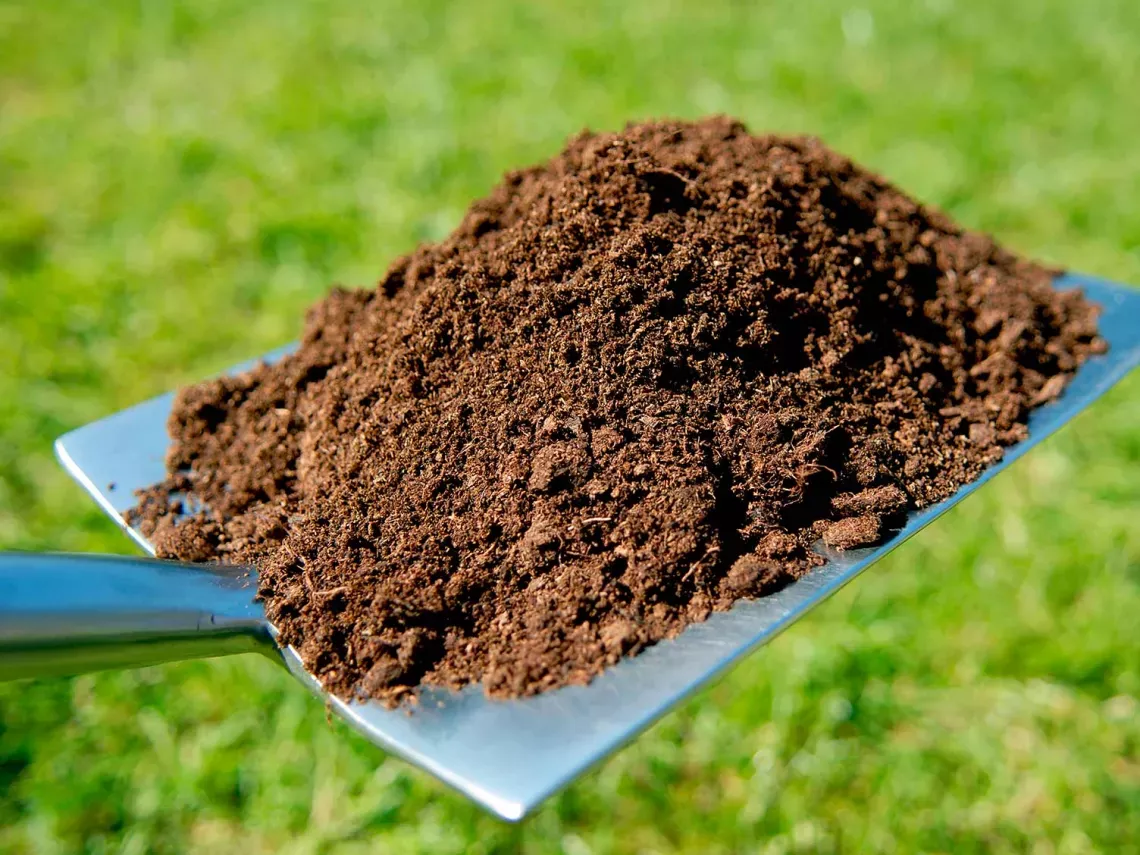How Often Should I Run My Robot Lawn Mower?
Last Updated on July 28, 2025 by Duncan
There is no one-size-fits-all solution for determining how frequently you should run your robot mower. This is because both lawn-specific and environmental factors determine the frequency.
If you want consistent performance and healthy turf, you’ll need to adjust your mowing schedule based on the following critical factors:
The size of the lawn
The size of your lawn determines how frequently your robot mower should operate.
For smaller lawns, you only need to operate the mower once a day or every other day to keep up with your yard.
If your lawn is less than ½ acre, your robot mower does not need to operate daily, but it should still mow frequently.
3-4 times a week is a good starting point during the growing season. This keeps the grass at the proper height and relieves the tension of cutting too much at once. Furthermore, it ensures that your grass constantly looks fresh without you having to lift a finger.
For denser turf or faster-growing cool-season grasses, increase the frequency to five times per week in the spring.
For larger yards, particularly those larger than an acre, you should operate your robot mower daily or every other day during peak growth months.
That may seem like a lot, but keep in mind that robot mowers conduct minor trims rather than big cuts. Daily mowing keeps growth under control, prevents clumping, and assures uniform results over the entire area, even if your mower divides the job into zones.
For peace of mind, go for advanced models that can navigate vast, hilly lawns with clever course planning, making daily runs more efficient and beneficial.
Season of the year
In the spring and early summer, grass grows quickly, so mow more frequently. In late summer or fall, you can reduce to 2-3 times per week.
Most cool-season grasses do not need to be mowed during the winter or dormancy so that you can put your robot on hold.
The idea is to change frequency based on growth rather than simply setting and forgetting.
The grass type
Grass species grow at varying speeds.
Cool-season grasses (such as Kentucky bluegrass and fescue) grow rapidly in the spring and fall.
Warm-season grasses (such as Bermuda or Zoysia) reach their peak in the summer.
Fast-growing cultivars will require more regular trimming to maintain proper height and prevent clumping.
Weather conditions
Rain promotes growth. Drought slows it.
Heavy rain or high humidity? Your lawn may grow faster than usual, so increase mowing frequency. Scale back in dry or hot conditions to prevent turf stress.
Your lawn goals
Your mowing schedule should align with your goal.
Mow on a daily basis to get a perfect, golf-course finish. Do you like a natural look with less intervention? Every few days might be plenty.
The beauty of robot mowers is that they allow you to create a schedule that meets your vision for your lawn while also ensuring consistency.
What happens when you don’t mow your lawn frequently enough?
Leaving too many days between trims allows grass to grow excessively tall, causing more problems than you might expect.
Overgrowth limits sunlight, resulting in weak, uneven turf underneath.
It also promotes thatch formation, a thick coating of dead grass that chokes roots.
When grass grows too long, it allows weeds to establish themselves, making your lawn more difficult to manage in the long run.
Robot mowers help to prevent this by trimming the grass before it becomes an issue.
What if you mow the lawn too frequently?
Cutting your grass too frequently or too short—particularly below the one-third rule—can weaken it.
Scalping the grass exposes the soil, which dries out and weakens the root systems.
It also produces extra stress, increasing grass susceptibility to disease, pests, and drought.
Thankfully, a robot mower can help you avoid this by allowing you to select exact cutting heights and intervals, ensuring you don’t overdo it while maintaining your grass in great shape.
Frequently asked questions
Will running the robot mower wear it out too quickly?
Robot lawnmowers are designed for frequent use. Daily use is safe as long as it is properly maintained and not mowed too close to dry or dead grass.
Does mowing daily consume too much electricity?
Robot mowers are highly energy-efficient. Even when used on a daily basis, they consume substantially less electricity than standard petrol or electric mowers.
How often should your lawn mower mow in spring and summer?
During peak growth seasons—spring and early summer—most lawns benefit from being mowed 3 to 7 times a week, depending on grass type and speed. Robot mowers make this easy thanks to computerized scheduling.
Can robot mowers handle daily mowing?
Yes. Many current robot mowers are intended for frequent light trimming. Daily mowing keeps the lawn healthy without overworking it.
Can a robot mower replace a traditional mower?
Absolutely. A robot mower, when properly set up and maintained, can completely replace hand mowing—especially with capabilities like all-wheel drive, which helps tackle more challenging terrain.
How do you adjust the lawnmower for draught or rain?
Rain can accelerate growth, so try temporarily increasing mowing frequency. During a drought, halt or limit mowing to avoid stressing already-weakened grass.
How can you know if your robot mower is mowing too much?
If the grass appears scalped, brown-tipped, or doesn’t recover between cuts, you may be mowing too frequently or with dull blades. Adjust the frequency or check the mower settings.
Can you run your robot mower every day?
In most circumstances, yes—especially during peak grass growth seasons, using your robot mower daily keeps your lawn healthy, evenly trimmed, and visually appealing. However, this is not a rigid rule. You can vary the frequency according to seasonal growth, grass size, and mower capacity.
Thankfully, the flexibility of today’s robot lawn mower technology allows you to tailor the mowing schedule to your specific garden. Whether it’s every day or a few times a week, consistency is essential.
With a smart mowing routine and a well-maintained mower, your lawn will look great without you having to lift a finger.


